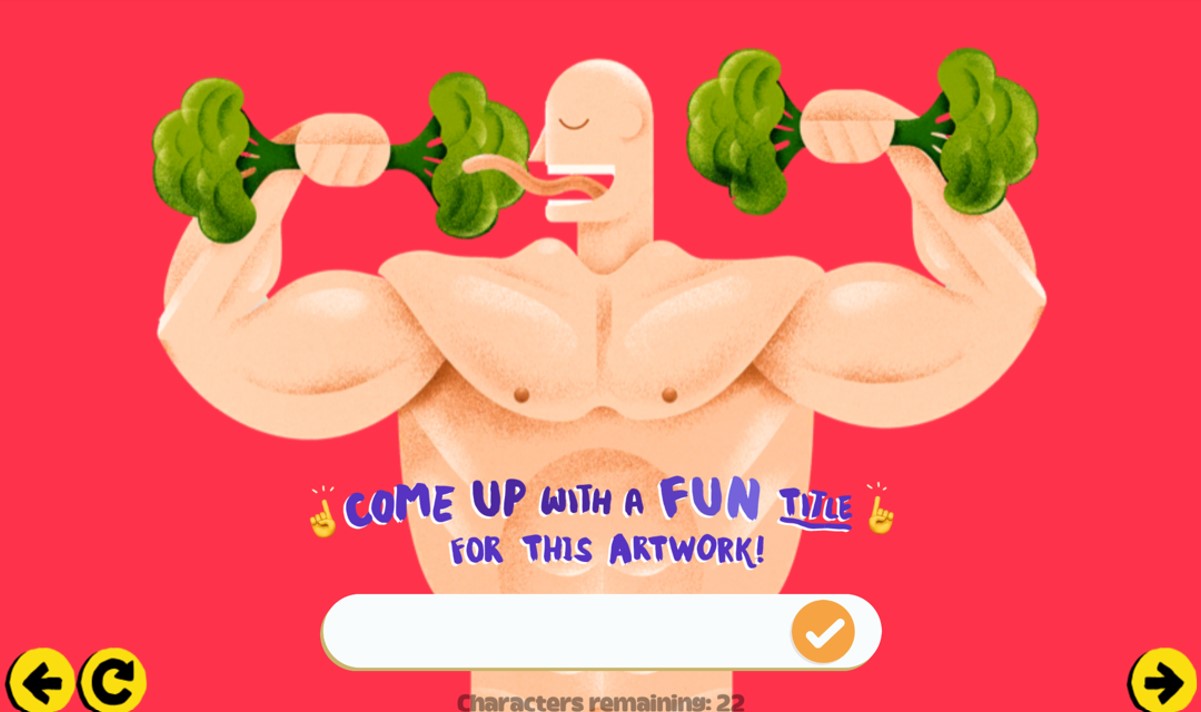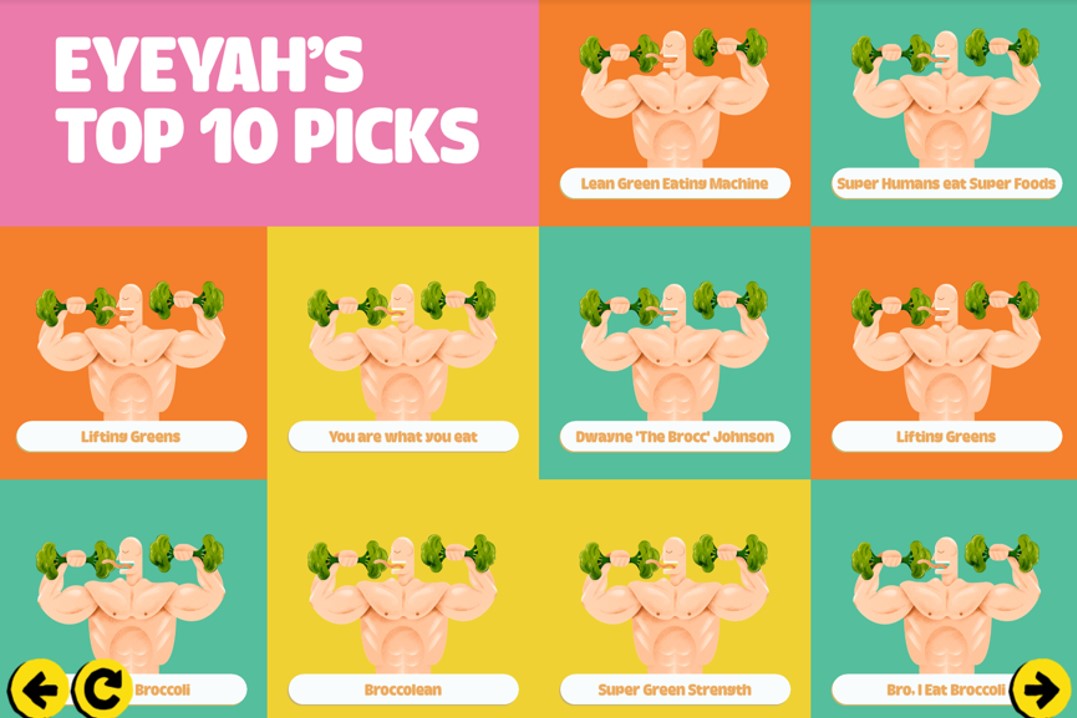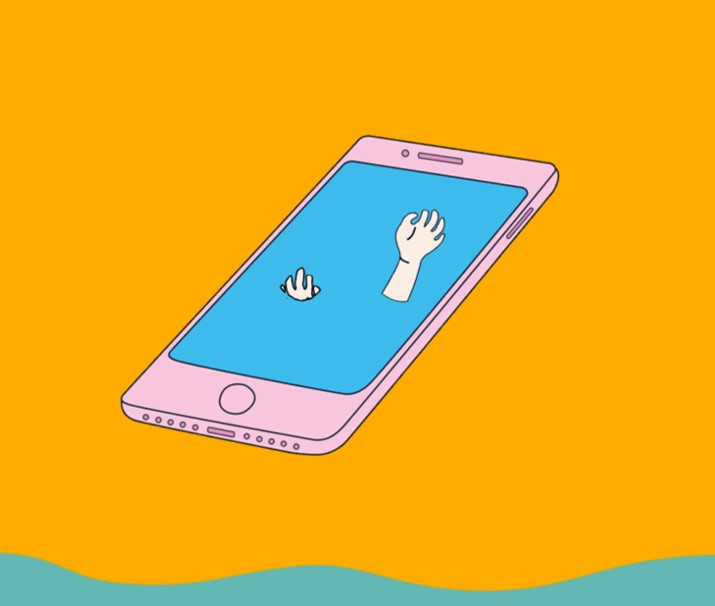
Learning to be ‘Nosy and Eyesy’
When was the last time you spent time truly observing your surroundings, the tiny details of an object or even the invisible atmosphere of a place or situation? Observation is an important skill for everyone from designers to lawyers and doctors. But in the fast-paced age of devices and information overload, the practice and refinement of this inherent ability isn’t something we can take for granted.
Visual literacy training through art observation has been shown to improve the visual diagnostic skills of medical students, and even lead to better maths grades for secondary school students.
By working with illustrators who have fresh perspectives and tackling topics students are naturally curious about, we are able to nurture not only observation, but also creative confidence and critical thinking.
PISA has made a strong case for the role of creative thinking in education and is launching a creative thinking assessment in 2022. Using the universal language of images, to incite conversation and child-led learning, we can introduce fun into the classroom where students (and teachers) learn without knowing it.
Let’s take the caption contest below.

This requires not a right or wrong answer, but an original one. Playfulness with words is at the heart of combining different ideas and trains the right-brain/left-brain integration.

By sharing and liking each other’s ideas, we can encourage peer-to-peer reviews and group learning.

This highly detailed scene of chaos in the Arctic is layered with learnings that can be drawn out through a ‘Look, Describe, Interpret’ process. Revealing insights about viruses trapped in melting ice caps, rising temperatures causing mosquitoes to breed and plastic bottles washed up on remote Arctic beaches.

This visual metaphor uses a precise graphic language, merging the iconic image of the handphone, paired with the timeless image of despair, the drowning hands appealing for help. It is making a visual commentary about the power of devices to overwhelm. The viewer needs to exercise empathy and look through the eyes of the creator to understand their perspective. It also invites self-reflection on our own use of devices.

There is a strong link between humour and creativity and we firmly believe that teaching creativity should first and foremost be a fun experience.
Just like Physical Education, we want to train those muscles so they become active in critical thinking and problem solving. We believe that by creating a platform that exposes children to professional world-class creativity, we can lay strong foundations for a generation of creative problem solvers, sensitively attuned towards their peers, their community and the planet.
